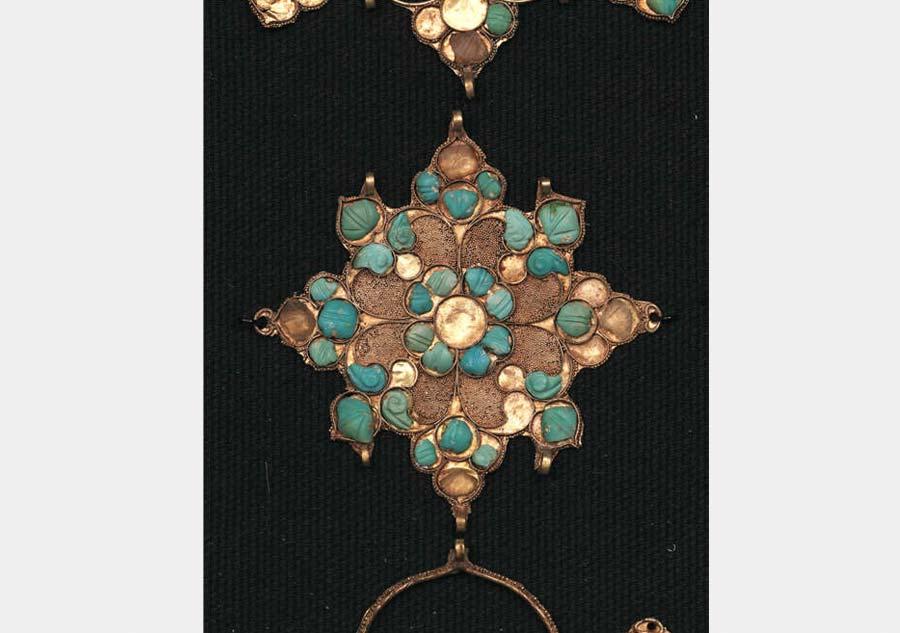
A cage woven with gold and silver wires, Tang Dynasty (618-907). (Photo provided to China Daily)
The Tang Dynasty (618-907) represented the height of that exchange, an exchange China is seeking to revive now. In the seventh and eighth century, Chang'an (present-day Xi'an) as the capital of the Middle Kingdom, enjoyed a prosperity rivaled only by a few cities on earth including Baghdad and Constantinople of the great Byzantine Empire.
"Chang'an became a focal point on that nexus of trade, which took Chinese merchandise, including tea, silk and porcelain, to other parts of the world while bringing other sought-after products, for example incense, to the rich and powerful in China who reveled in their immense standing, material and social.
On display at the art museum in Hong Kong is a perfume sachet. The ingeniously constructed gilt silver ball with flower and bird pattern is a marvel of engineering. What is known today as the system of Cardan's suspension was set inside the ball, keeping it constantly horizontal and preventing the perfume powder from spilling when the sachet moves with the wearer.
"Here, aesthetics are by no means sacrificed to mechanics," says Jiang Jie, director of Shaanxi's Famen Temple Museum, from whose underground storage the sachet was discovered. "Only three such balls have been found. Two are housed in our Famen Temple Museum and one in the Shosoin in Nara, Japan.
"Tang was when the very essence of Chinese culture, such as tea and incense burning, was formed."
As Jiang says this he points to a four-legged receptacle woven exquisitely with gold and silver wire. It is a tea leaves holder, and it underscores the ceremonial aspect of tea culture.













































